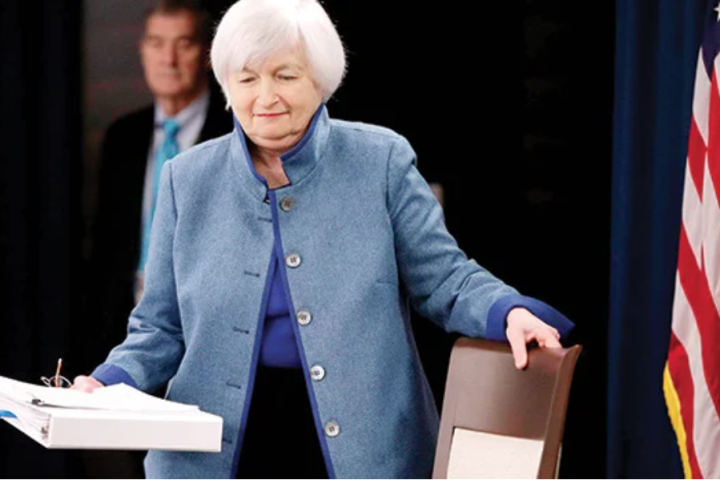In business, companies want to eliminate as much of their risk as possible. One way to do this is to buy financial products called derivatives. Derivatives are financial products whose value is linked to some underlying asset such as stocks, bonds, foreign currency, interest rates, etc. The markets where derivatives are traded are called derivatives markets or futures markets.
These products should be thought of as insurance policies. If a company buys one of these derivatives, it will hedge its exposure to certain risks in the future. These derivatives are also traded on their own. But this trade has the potential to lose as well as make large sums of money.
- Scientists believe they have discovered the enigmatic source of high-energy neutrinos
- The US had a wave of UFO sightings
Imagine an airline selling tickets today for a flight a year from now. Fuel is one of an airline’s biggest costs. It is difficult to predict how much fuel will change at the end of a year. The price customers will pay in the future may not even cover the cost of fuel. A good way to avoid this risk would be to sign a forward contract, a type of derivative that sets the price the airline will pay for fuel within a year. Forward is a type of contract that is widely used in the financial world. It is drawn up looking into the future about the sale of any product.
Of course, there is also the possibility that fuel prices may fall. In that case, the agreed price may be much higher than the price it would have paid if it had bought it at that time. So in this case the company takes a risk. But since most companies know that this is highly unlikely, they will accept this risk. Of course, if a bank sells a derivative, it also needs to know how much it should sell it for. This is where mathematicians come in.
What is the Black Scholes Equation?
The Black Scholes equation is one of the most important concepts in modern financial theory. This mathematical equation estimates the theoretical value of derivatives based on other investment instruments, taking into account the effect of time and other risk factors.
It was developed by Fisher Black and Myran Scholes in 1973 to calculate the prices of European options. Robert C. Merton proposed a new solution and the model became known as Black Scholes Merton in the literature. In 1997, for their work, Merton and Scholes were awarded the Nobel Prize in Economics. (Black died in 1995)
Although developed in 1973, it is still considered one of the best ways to price an option contract. (An option is a contract that gives the buyer the right to buy or sell a commodity at a future maturity, provided that the price of the commodity is fixed today.
agreement).

There are different representations of this equation. You can see one of them below. The math behind the equation is quite complex. For this reason, we will only focus on what it does. However, if you are curious about the details, we suggest you take a look at the references.
How Did the Black Scholes Model Originate?
The original Black Scholes model assumed that the stock price was a function of a random Brownian motion. Brownian motion, which is widely used in the stock market, is basically a random motion and is related to the movement of small particles in liquid or gas molecules. It was first noticed by the Scottish botanist Robert Brown in 1827 and is named after him.

The discovery and universality of Brownian motion demonstrates the power of mathematics to describe complex events using probabilities. At any given time in this form of motion, the stock price (or particle) moves up or down (or with a particle, in any of the available directions) with equal probability. Using this model for stock price behavior, Black and Scholes found that the problem of pricing an option is equivalent to the problem of solving the heat equation from physics.
However, this model has some problems. One of the most important problems was that at the time of its development it was based only on European options. Therefore, some improvements were made to the equation in the following years. Another problem is that it only considers the price of the underlying asset when calculating the theoretical value of the option contract and ignores other important factors. As a result, there are much larger changes in real markets than this model predicts. Despite its limitations, the Black Scholes equation is one of the most important mathematical tools available to economists.





